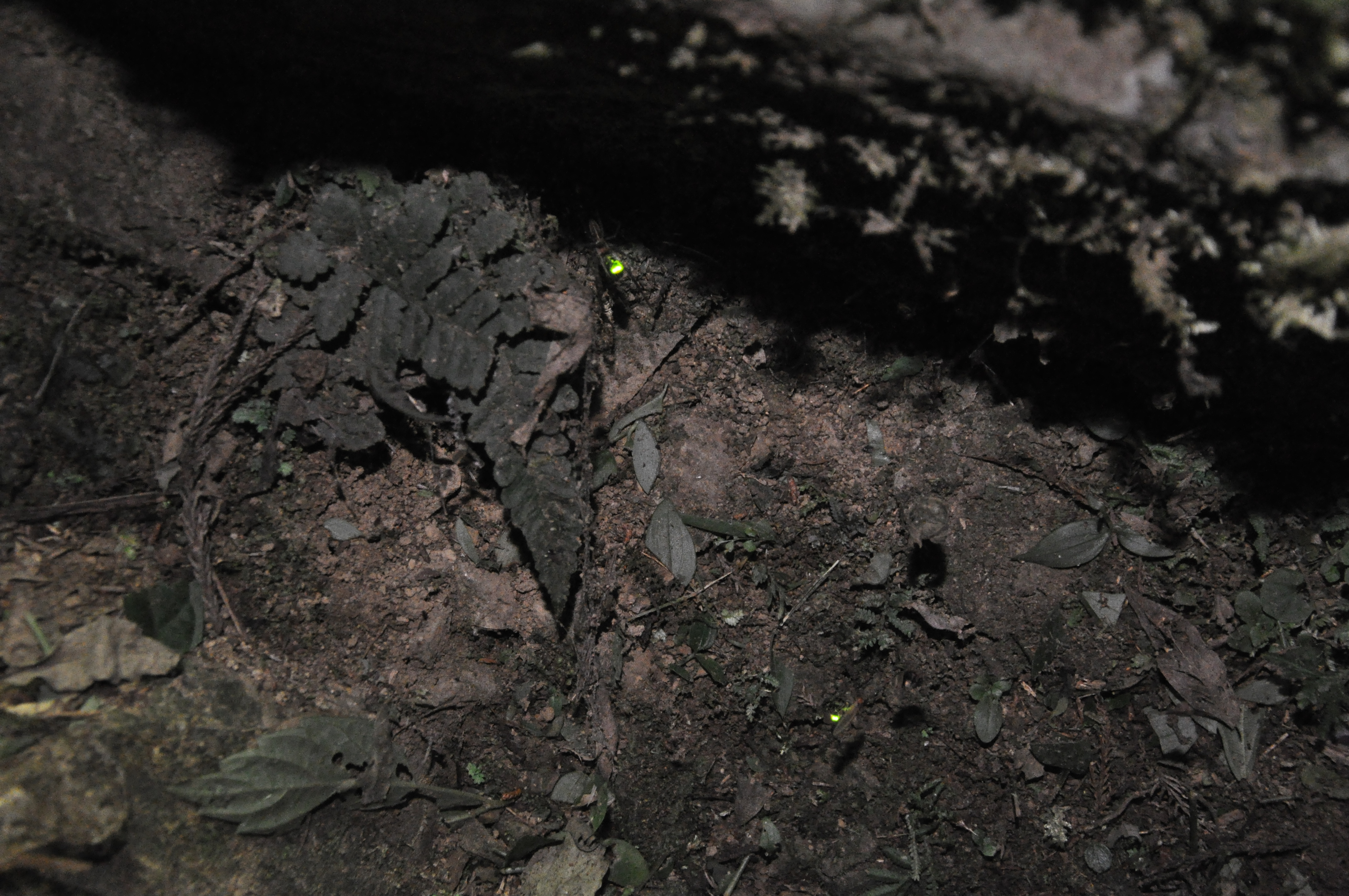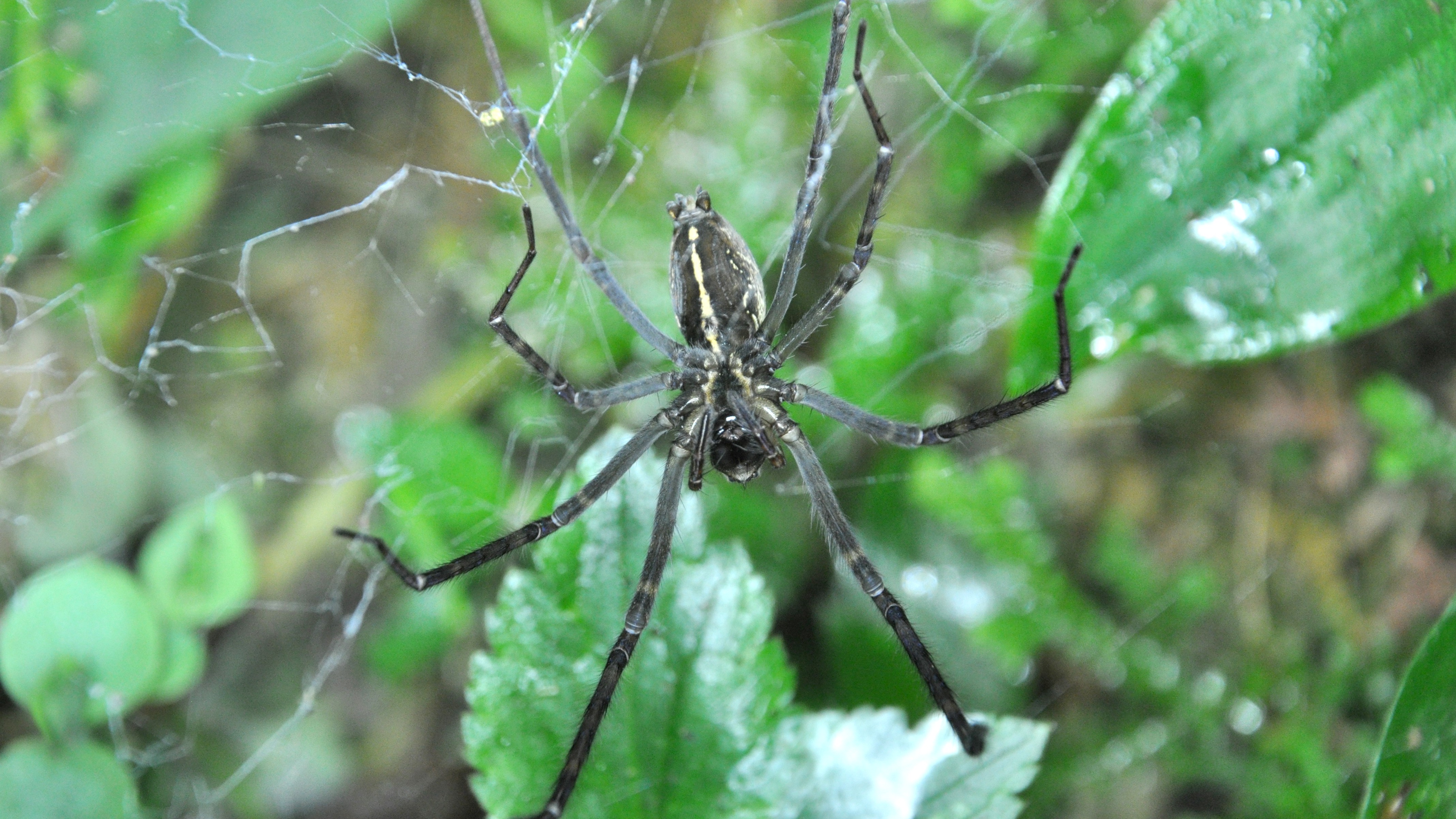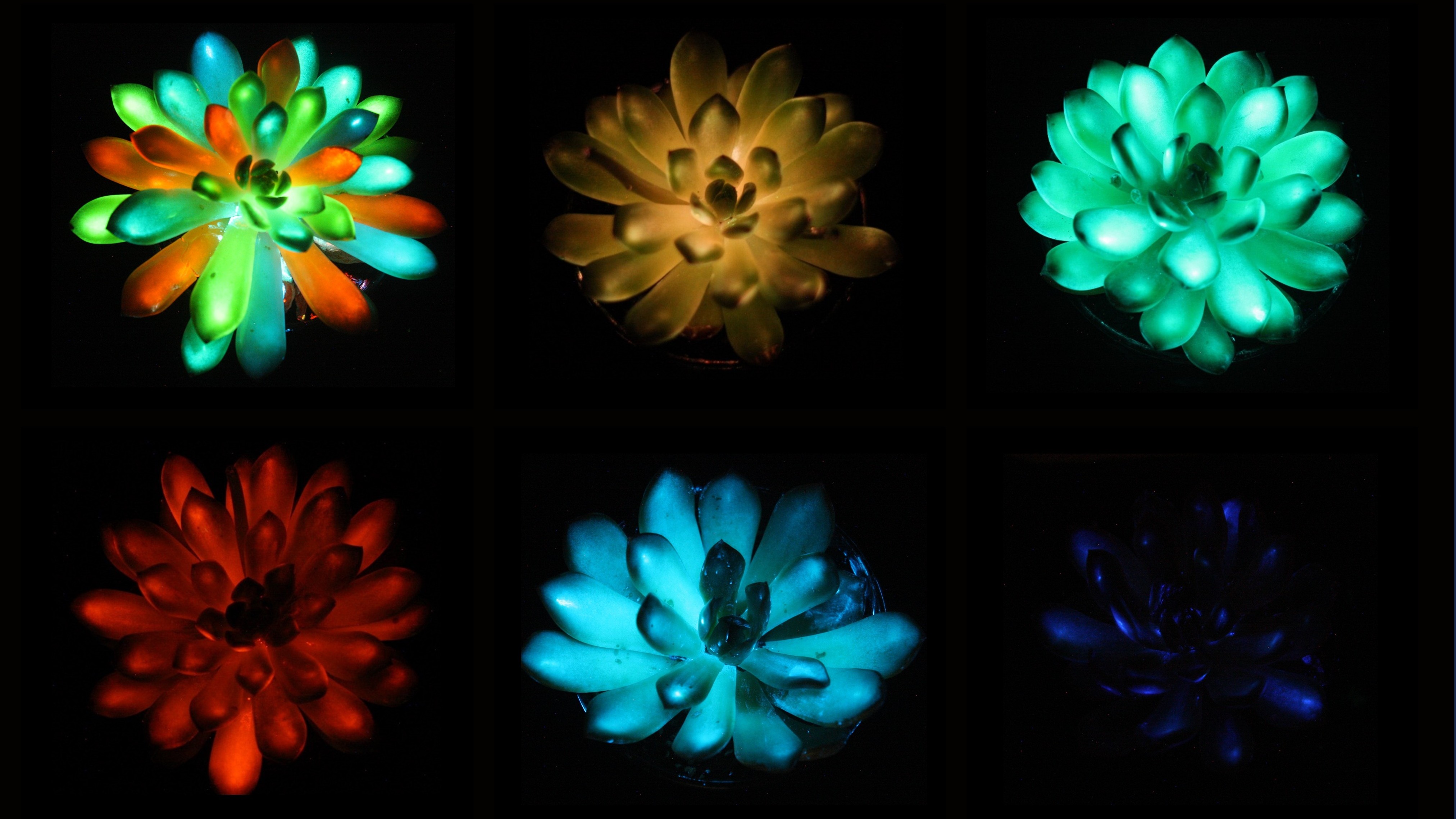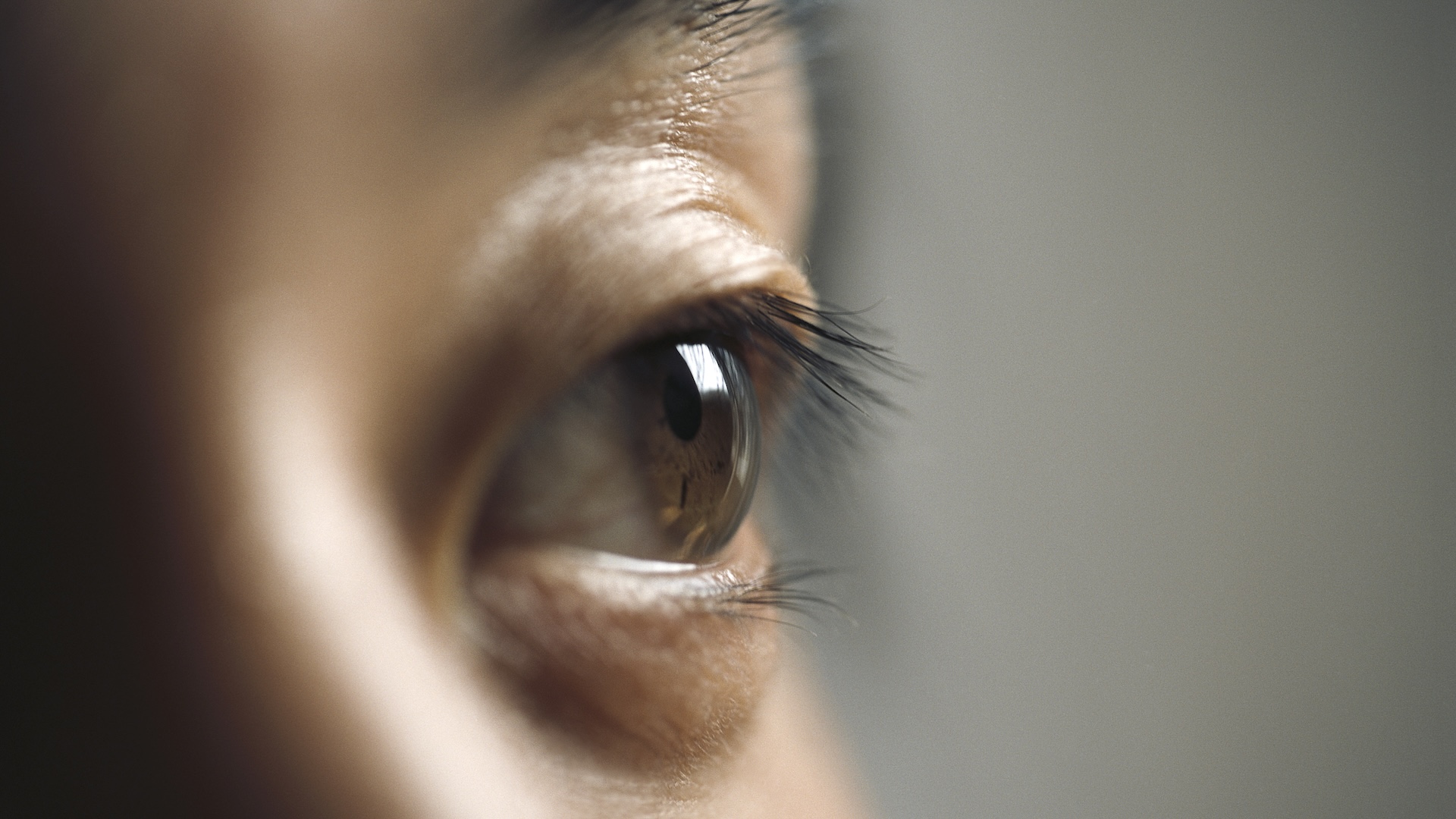Nocturnal spiders have been filmed capturing fireflies and keeping them in their webs to attract more prey, even intermittently checking on them over the course of an hour, according to a new study.
When fireflies were kept on the webs, sheet web spiders attracted significantly more prey than without the bioluminescent beetles, leading researchers to think the spiders are purposefully using the fireflies as bait to increase hunting success.
“Our findings highlight a previously undocumented interaction where firefly signals, intended for sexual communication, are also beneficial to spiders,” study lead author I-Min Tso, a researcher at Tunghai University who studies spider behavior, said in a statement.
“This study sheds new light on the ways that nocturnal sit-and-wait predators can rise to the challenges of attracting prey and provides a unique perspective on the complexity of predator-prey interactions,” Tso added.
The researchers had noticed sheet web spiders (Psechrus clavis) — which build their sheet-like webs close to the ground — had accumulated a number of winter fireflies (Diaphanes lampyroides), and thought these glowing bugs may have been used as a visual lure. To find out, the team developed a series of field experiments, placing LED lights resembling fireflies and sheet spider webs, and left other webs empty as controls.
Related: Diving bell spider: The only aquatic arachnid that creates a web underwater to live in
The findings, published Thursday (Aug. 28) in the Journal of Animal Ecology, revealed the LED webs attracted three times more prey than the empty webs. When just looking at the number of fireflies caught, the LED webs snared 10 times more than the non-LED webs.

Sheet web spiders, found in subtropical forests of East Asia, normally sit in the dark, waiting for prey to approach. Footage captured by the researchers shows that if another insect, such as a moth, is caught, the spiders eat it immediately. But the fireflies were left for up to an hour before being consumed, which is about the same amount of time that a female firefly emits a glow in a fixed location, the authors wrote in the study.
Most of the captured fireflies were male, which the authors say may indicate males mistook the stationary glow for potential mates.
The researchers think the spiders — unlike other sit-and-wait predators that have developed their own bioluminescence, like anglerfish — have worked out how to exploit fireflies’ sexual cues to their advantage.
“Handling prey in different ways suggests that the spider can use some kind of cue to distinguish between the prey species they capture and determine an appropriate response,” Tso said. “We speculate that it is probably the bioluminescent signals of the fireflies that are used to identify fireflies enabling spiders to adjust their prey handling behavior accordingly.”














